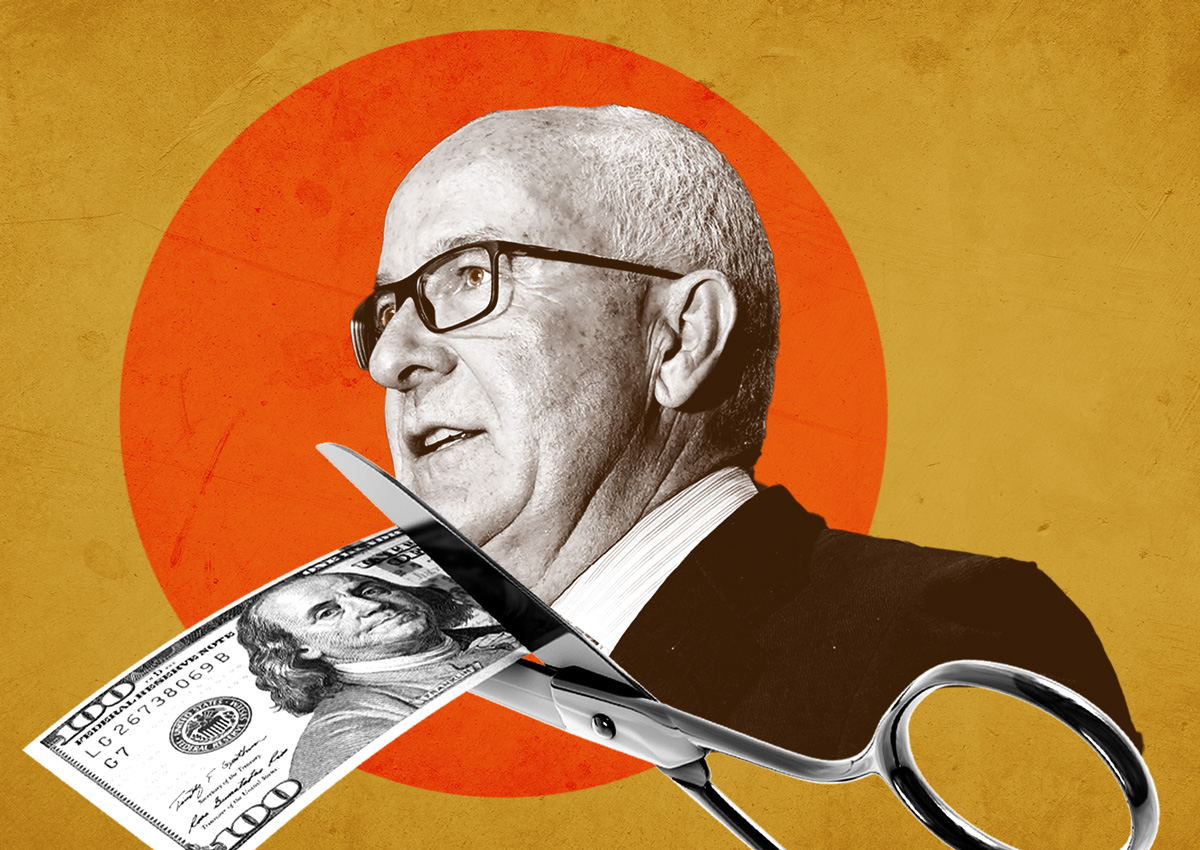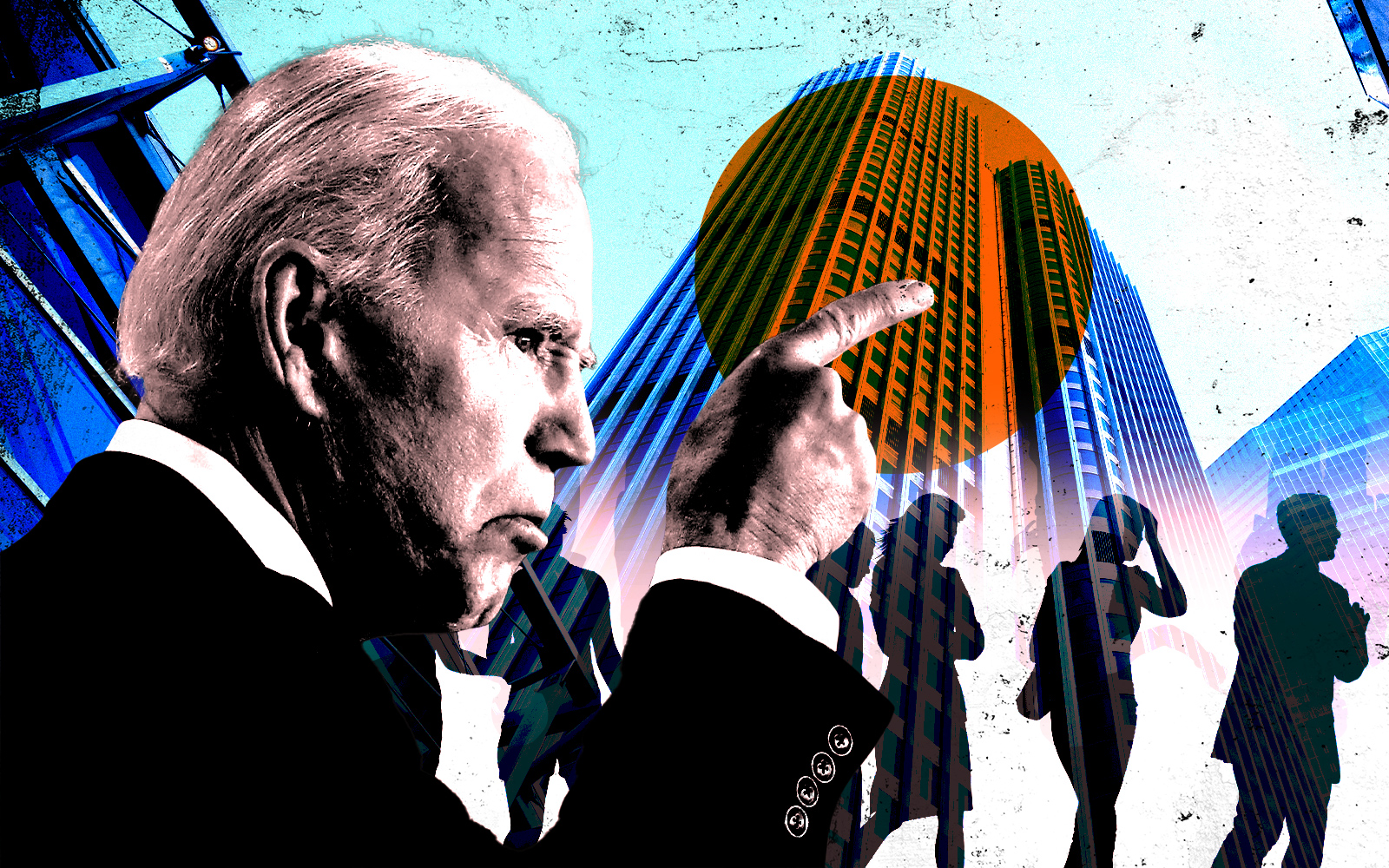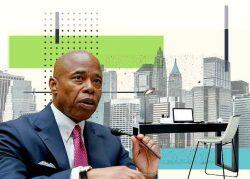Everything’s waiting for you downtown, Petula Clark famously sang. But not, at least recently, high returns.
The investment community is displaying a lack of faith in the country’s downtowns as they attempt to recover from the pandemic, the Wall Street Journal reported. Some say the downtown downturn could be disastrous for major cities, which rely on their downtowns for tax revenue.
“You could see this as a slow-motion change or as the beginning of a slow-moving train wreck,” Merritt Research Services’ Richard Ciccarone told the Journal.
One of the more obvious signs of investors’ growing distrust of downtowns is the performance of real estate investment trusts concentrated in the downtown office market. The category’s five largest REITs have seen their shares drop by an average of 63 percent since the end of 2019. That dwarfed declines for REITs concentrated in retail or multifamily.
Paramount Group, a REIT heavily concentrated in office buildings in San Francisco and New York — arguably the two office centers hardest hit by the pandemic — recently cut its quarterly dividend by 55 percent. Vornado suspended its dividend for the year.
Anticipating declines in office values, some landlords are challenging tax bills. The success of those challenges remain to be seen, but they represent a significant threat to city coffers. Office building property taxes represent 10 percent of revenue in major cities, according to Green Street.
Less office building tax revenue could reduce revenue overall or shift the tax burden to others. In San Francisco, annual property tax revenue could fall between $100 million and $200 million in each of the next few years, according to the controller’s office. The effect in New York City so far has been limited, but the long-term forecast is iffy at best.
Pricing of bonds partially backed by commuter fares is another worrying sign. In New York, such bonds yielded 1.25 percentage points above the top-rated municipal bonds as of June 14, according to ICE Data Services. That spread is 56 percent wider than it was prior to the pandemic. Higher yield reflects investors’ perception of higher risk; mass transit ridership is about 60 percent of what it was before Covid.
On the flip side, suburbs are looking better as people work closer to home, particularly lifting the retail market in those areas. But the economic importance of downtowns is why President Joe Biden and New York City Mayor Eric Adams have pushed for a return to offices.
— Holden Walter-Warner
Read more



